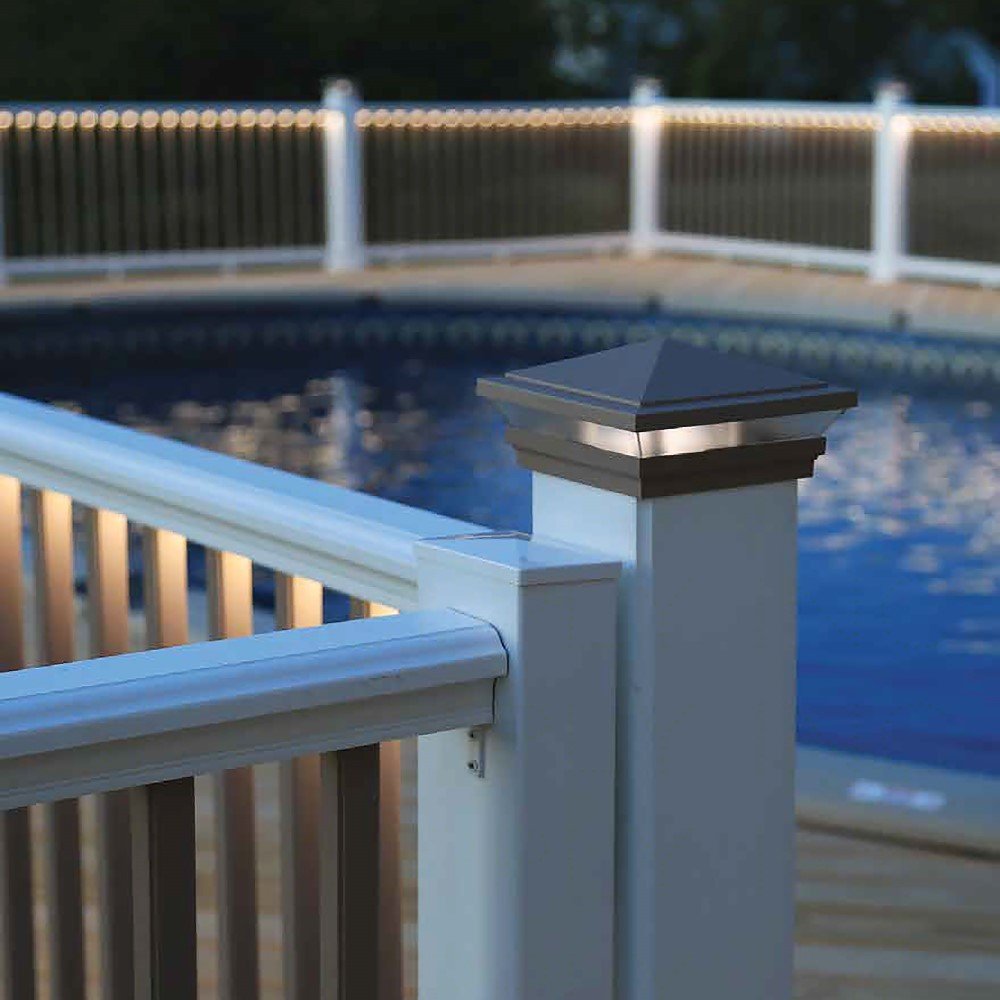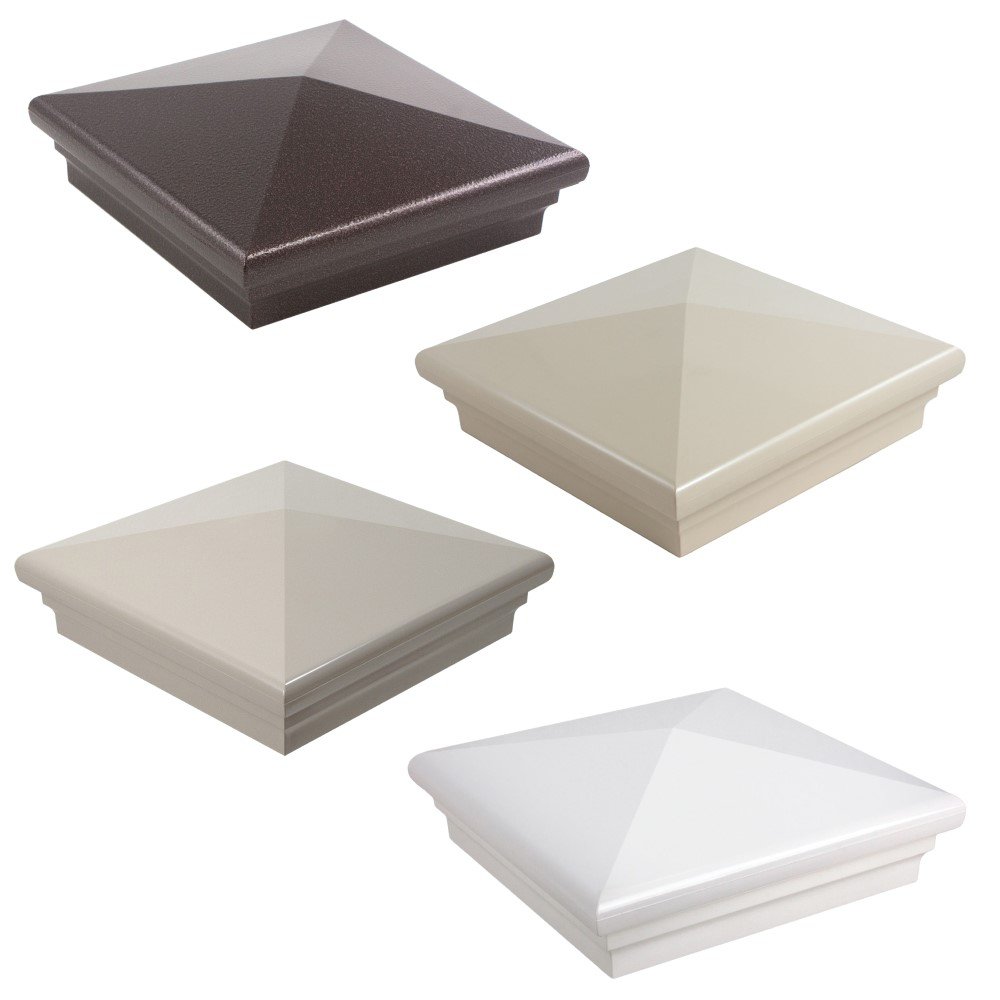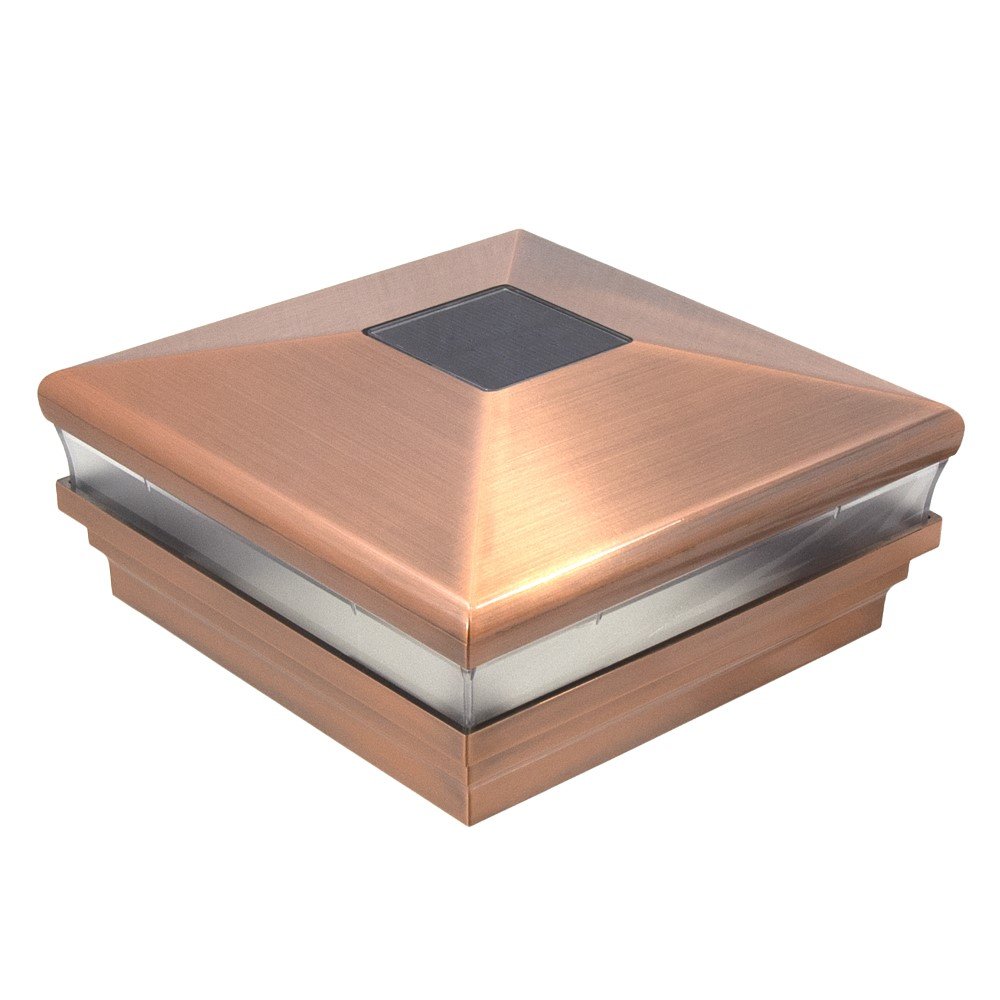Can Solar Post Caps Be Installed In Cloudy Locations?

As the price of everything goes up due to inflation, electricity is no exception. While low-voltage lights offer a more affordable way to light up your outdoor space, solar post caps are the definite way to spend zero on electricity for lighting your vinyl fence. But, you may wonder, what if you don't live in a sunny place? If the forecast is always cloudy, can you still use solar post caps in your yard?
Determining What Shade Means To You
While there are varying degrees of shade, if your light gets four hours of sunlight, this is usually enough charge for six to eight hours. Even if it looks cloudy outside, your light will most likely receive optimal sunlight for a few hours. The best way to determine if solar lights will work for you is by purchasing and testing one solar post-cap light. If you notice that the solar light is functioning as it should, it should be adequate sunlight. If you determine this is not the case, you may prefer using low-voltage post caps.
Solar Post Caps Under Tree Or Other Obstacles
Another question is if your solar light can receive sunlight if a tree or other obstacle is blocking the way. To answer this, a tree should be fine since sunlight will still reach under the tree. On the other hand, man-made structures, such as garages or storage sheds, should not be in the direct path of sunlight leading to your solar light. If that is the case, it is possible your light will not receive the correct amount of sunlight.
Quick Summary Of How Solar Lights Work
Solar lights function by using a rechargeable battery and a solar cell. The solar cell is wired to the battery. This wire transfers an electrical current to the battery. Once the battery is fully charged, the photoreceptor at the top of the light knows when it gets dark and turns it on. For a full explanation, visit the "How Do Solar Post Cap Lights Turn On At Night" page.




